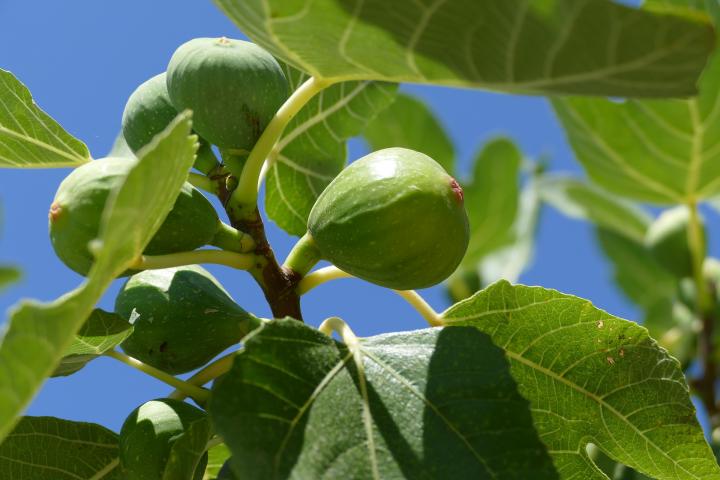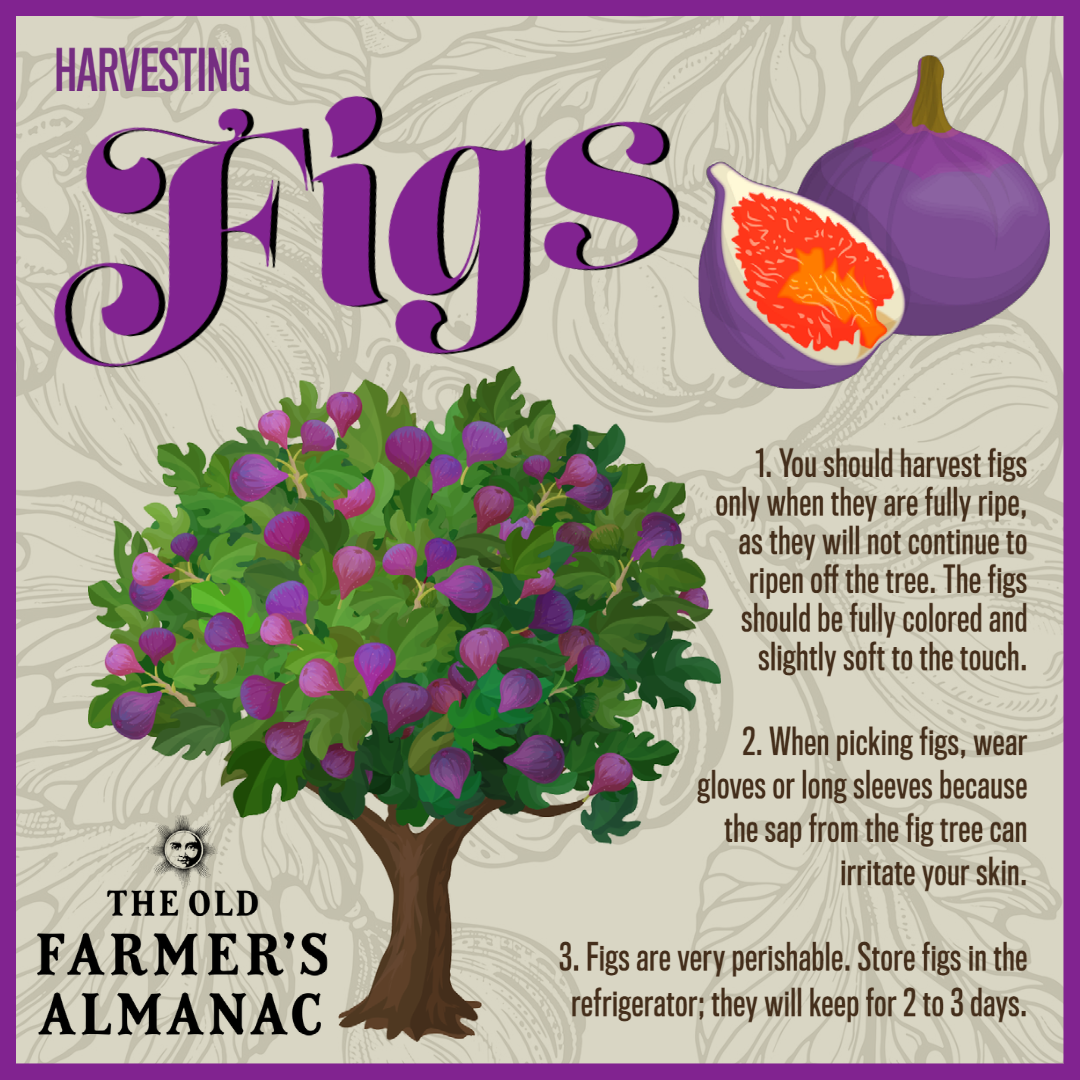
Grow your own fig tree—even in cooler climates!
Read Next
Types
- ‘Brown Turkey’ produces abundant medium to large figs. This type works best in warm climates but is fairly tolerant of cooler temperatures, too.
- ‘Celeste’ produces small, sweet, purplish figs. It is one of the more winter-hardy varieties.
- ‘Hardy Chicago’ is a winter-hardy variety that produces purple, medium-size figs.
- ‘King’ is well adapted for the cooler conditions found in the Northwest. It produces medium figs that are sweet and rich in flavor.
- ‘Kadota’ vigorously produces small to medium fruit. Its figs are rich and sweet, and it is the most commonly canned fig.
Gardening Products
More Like This
Hi David,
The situation you describe is not unusual. Warm temps can bring on a second round of growth after the first one in the spring. We advise skipping fertilizer at this point and pruning if the tree is getting too large or the new growth is blocking light. You can also hold back water to slow the new growth. You may get a late-season set of figs . . . depending on the variety you are growing and where you live. —The Editors
There are some different reasons that figs may not ripen: 1. Figs need up to 2 months to ripen. If stems were killed by cold weather, the figs produced on new shoots in the spring may not have time to ripen. 2) If the fig tree is new and not established, perhaps it's not the right fig for his growing zone. 3) If there has been extreme drought or heat, not enough sun (less than 8 hours of full sun), or excessive fertilizer, that could create too much stress for the plant and slow down its ability to produce in time.
Hi, Randy. If your fig tree has root knot nematodes, your best option is to fertilize often. Once an infestation sets in, it is extremely difficult to get rid of it.
You can replant the suckers to grow new fig trees. If you leave them attached, they will divert growing energy from the parent fig.
- « Previous
- 1
- 2
- …
- 10
- Next »












Comments